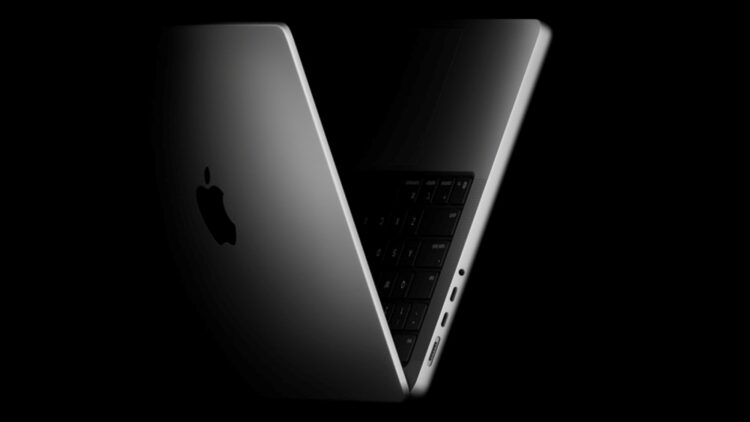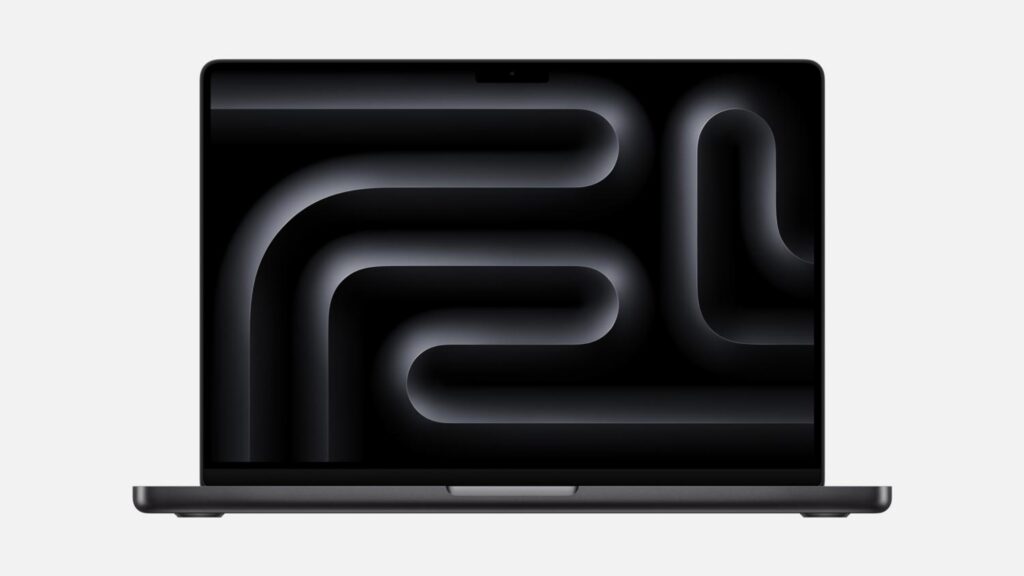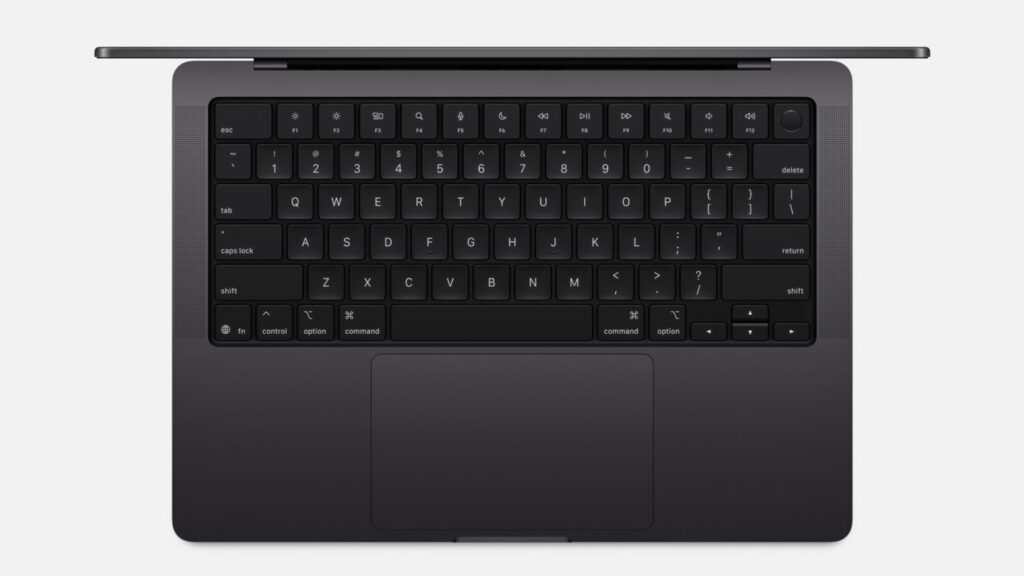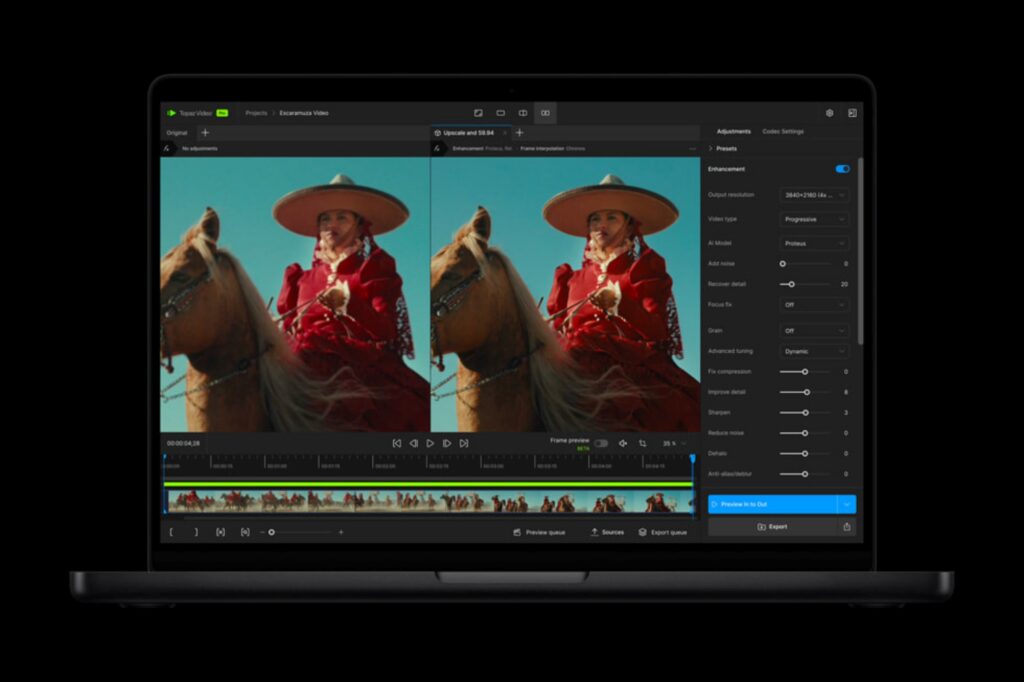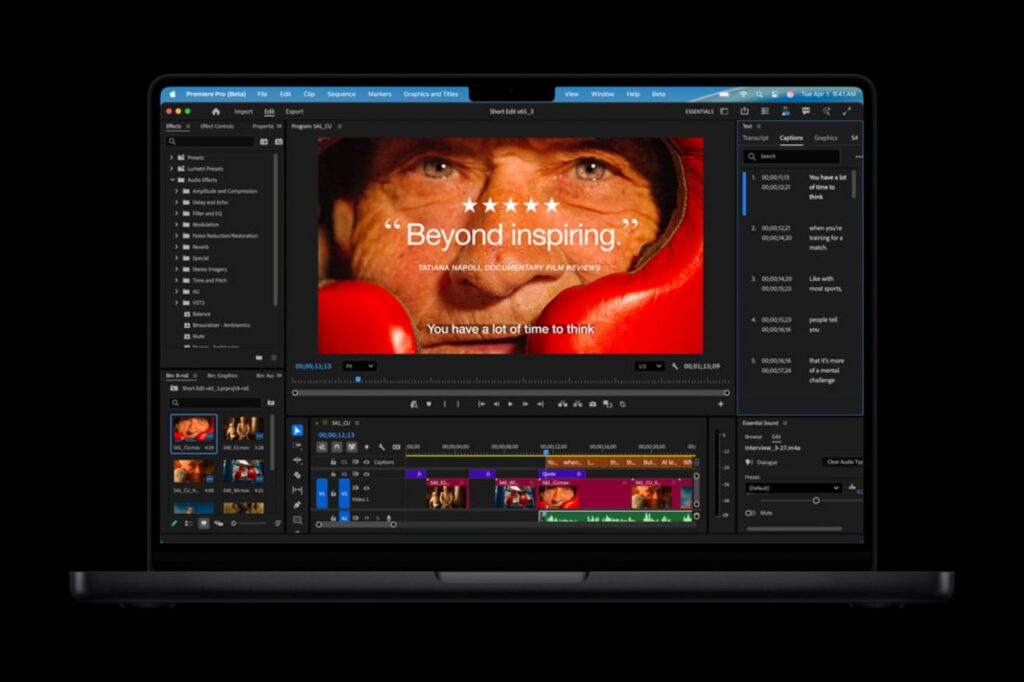Apple has quietly unveiled the new 14-inch MacBook Pro, this time powered by its latest M5 processor. The laptop marks a subtle yet strategic update for the company, where it introduces the new chip through its entry-level Pro model first, rather than alongside higher-end variants like the M5 Pro or M5 Max. The latter two are reportedly still several months away.
Physically, the M5 MacBook Pro remains unchanged from its M4 counterpart, maintaining the same chassis, Magic Keyboard with Touch ID, and six-speaker system with Dolby Atmos and Spatial Audio support. Colour options include Space Black and Silver.

The laptop’s new M5 chip, built on the same 3-nanometre process as its predecessor, features a 10-core CPU, 10-core GPU, and a 16-core Neural Engine. Apple claims it packs the world’s fastest CPU core, offering up to 20% faster multithreaded performance and up to 1.6x faster graphics in professional apps compared to the M4. It also promises 3.5x better AI performance than before, including up to 1.8x faster AI video enhancement in Topaz Video and 1.7x faster 3D rendering in Blender. SSD performance, meanwhile, is said to be twice as fast.
With the new chip, Apple also touts improved energy efficiency, allowing the MacBook Pro to deliver up to 24 hours of battery life on a single charge. The laptop runs on macOS Tahoe and continues to feature Apple’s signature Liquid Retina XDR display via a 14.2-inch panel with a 3,024 × 1,964 resolution, adaptive 120Hz refresh rate, and peak brightness of up to 1,600 nits for HDR content.
The port selection also carries over from the previous model, consisting of a MagSafe 3 charging connector, three Thunderbolt 4 USB-C ports, an HDMI output, an SDXC card reader, and a 3.5mm headphone jack. Connectivity includes Wi-Fi 6E and Bluetooth 5.3. As before, it comes equipped with a 12MP Center Stage camera for video calls.

In Malaysia, the 14-inch MacBook Pro with the M5 chip is listed from RM6,999 for the 16GB RAM and 512GB SSD variant, going up to RM13,799 for the 32GB RAM and 4TB configuration. However, Apple has yet to confirm the local release date.

